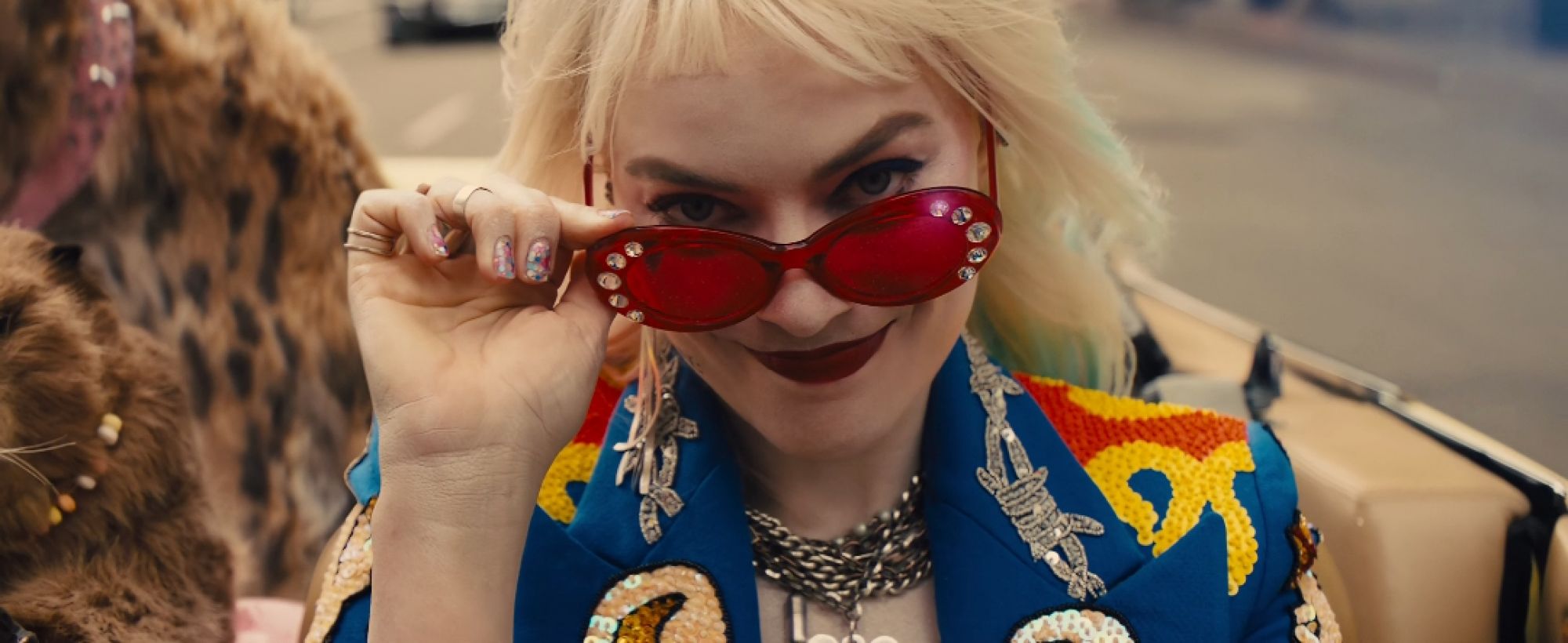In the world post Tom Cruise’s “Mummy” reboot, anything even remotely connected to the Universal classic monster movies is likely going to be scoffed at. However, this low-budget and modernized take on H.G. Wells’ tale “The Invisible Man” has both the acting and creative potential to pull off a satisfying surprise.
Unquestionably, the film’s groundwork is built off Elizabeth Moss’s (“The Square (2017),” “Us”) performance. Cecilia the kind of roll where if you don’t believe her, the entire film falls apart. Luckily, she’s delivering some great stuff here, balancing a performance that could have been too overpowering or too weak. It’s a great middle of the road between someone who’s put in such an intense scenario but still has their wits about them and she absolutely nails it.
Her ability to act against nothing is the crowning achievement. While most films nowadays have actors talking to tennis balls on sticks or puppets that stand-in for computer generated creations, her ability to act against legitimate nothingness and sell it is astonishing. The supporting cast is great as well, with Harriet Dyer (“No Activity,” “Down Under”) and Storm Reid (“A Wrinkle In Time (2018),” “euphoria”) providing small semblances of normalcy and Aldis Hodge (“Brian Banks,” “Straight Outta Compton”) stealing virtually every scene he’s in thanks to a commanding presence.
Writer/Director Leigh Whannell (“Upgrade (2018),” “Saw”) is likely most famous for creating the “Saw” franchise with James Wan, but “Invisible” is much closer to his 2018 film “Upgrade” in that it thrives on technical innovations on its startlingly small budget. Silence is key here, as is large areas filled with nothing, and Whannell clearly does not take the easy way out in constructing this terrifying tale.
Multiple sequences take place in locations filled with stark colored lighting, mirrors or giant windows. It’s a technical feat that works because it services the scares, not scares that service the technology. Cinematographer Stefan Duscio (“Sweetheart,” “Upgrade”) frames these moments with sharp angular camera movement and wide shots that often sit in corners, further isolating the characters and the audience. It absolutely helps that a faint, almost ethereal soundtrack from composer Benjamin Wallfisch (“Blade Runner 2049,” “Shazam!”) underscores every moment.
Its not a completely seamless experience, however. This is clearly a different kind of horror film than “Halloween” or even “Us.” It’s a slow burn and that leads to the first half of the movie being the most boring. Not that its bad, far from it: the character work done to build Cecilia into a believable protagonist who you care about is integral to the kind of story Whannell is trying to tell, and it’s necessary.
It just means that the first half of the film is the slowest and least intense, but Whannell more than makes up for it because when the twists and scares start to flow with reckless abandon in the second half, not only do they work because they’re scary, they work because they’re earned. It doesn’t mean the film is too good for some more obvious jumps and loud music cues, it just means that they’re in the minority.
Given that the film is about a woman being “haunted” by her abusive ex, its easy to see the allegorical through lines underneath the entire story. It isn’t even so much that these are undertones, they’re very clearly overtones, however, it doesn’t seem like the film’s biggest idea is a social one. Unlike horror films like “Us” or “Get Out,” these elements are there to build the genre thrills and aren’t the main focus.
This doesn’t mean that they’re disrespectful or poorly done though, far from it. It’s very easy to see articles and papers based on the themes of abuse, PTSD, and survivor’s guilt that course through the film. It might not be the focus, but its still handled extremely well. It’s also the hallmark of a successful reimaging: bringing it into the modern day with modern themes without overpowering the original material.
This new “Invisible Man” has all the scares and thrills one could want, backed up by some phenomenal technical innovations and social themes and overtones throughout. Moss nails her performance, cementing this as a modern reimaging that, while slow at the start, easily earns its place amongst the rest of the invisible men. 4/5
.jpg)








